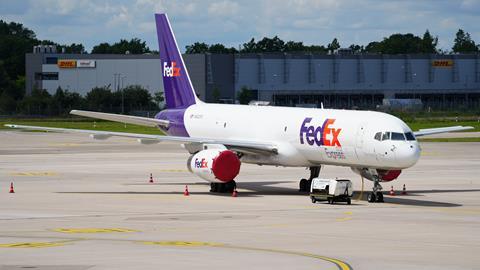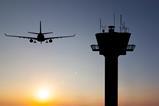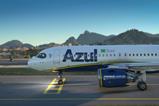FedEx Express retired 22 of its Boeing 757-200s during its fiscal fourth quarter as part of an ongoing fleet modernisation plan.
The Tennessee-based shipping and logistics company disclosed the major fleet decision on 25 June, along with quarterly results for the period ending 31 May.
“Fourth quarter results include a non-cash impairment charge of $157 million from the decision to permanently retire 22 Boeing 757-200 aircraft and seven related engines as the company continues to modernise its fleet, improve its global network efficiency and better align air network capacity with current and anticipated demand,” the firm reports.
FedEx Express reports fiscal fourth quarter operating income of $201 million, compared with $430 million during the prior-year period, for a year-on-year decrease of 53%.
Overall, the company’s air freight segment generated about $10.4 billion in revenue, which is roughly flat compared with the same three months of last year.
The company cites lower international yields as the primary driver of the decreased performance of FedEx Express.

Cirium fleets data show that FedEx still has 73 757s in service and 36 in storage. All of the narrowbody twinjets are approaching or well exceeding 30 years old.
The decision was made alongside the closure of seven facilities in order to better “match capacity with demand”.
Last year’s fiscal fourth quarter results included a similar “non-cash impairement charge” related to the retirement of 18 aircraft and 34 engines.
FedEx forecasts capital expenditures totalling $5.2 billion for fiscal 2025, “with a priority on investments in network optimisation and efficiency improvement, including fleet and facility modernisation and automation”.
Earlier this year, UPS secured a contract to become the primary air cargo carrier for the US Postal Service (USPS), marking the end of rival FedEx’s 20-year run in that role.
This story has been edited to accurately reflect FedEx Express’ quarterly operating income.































